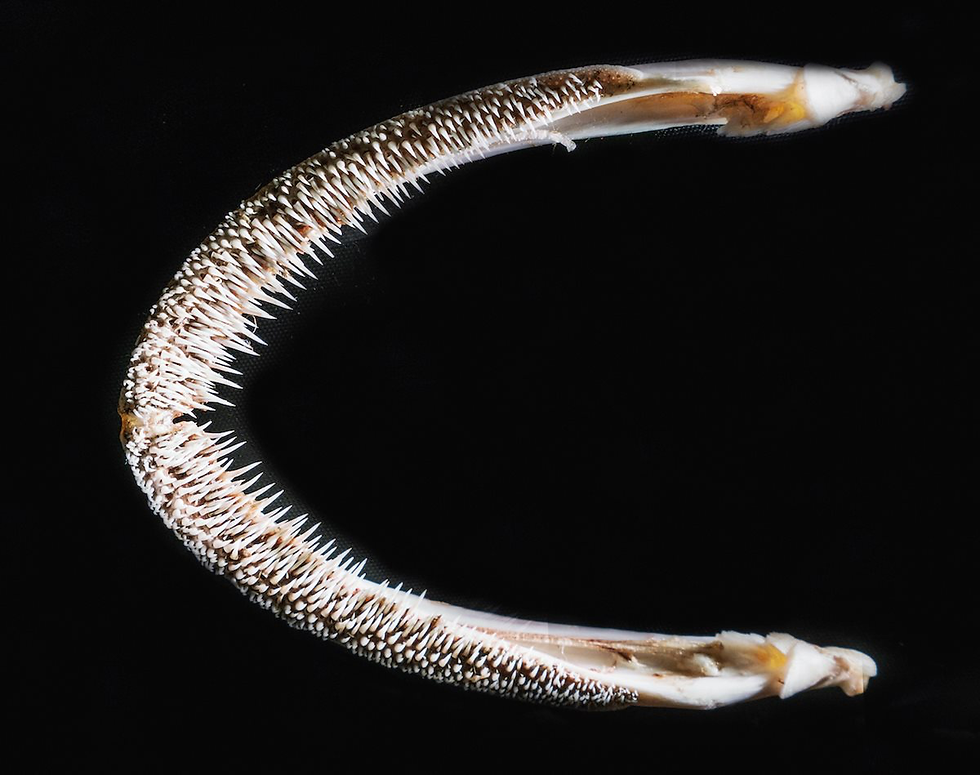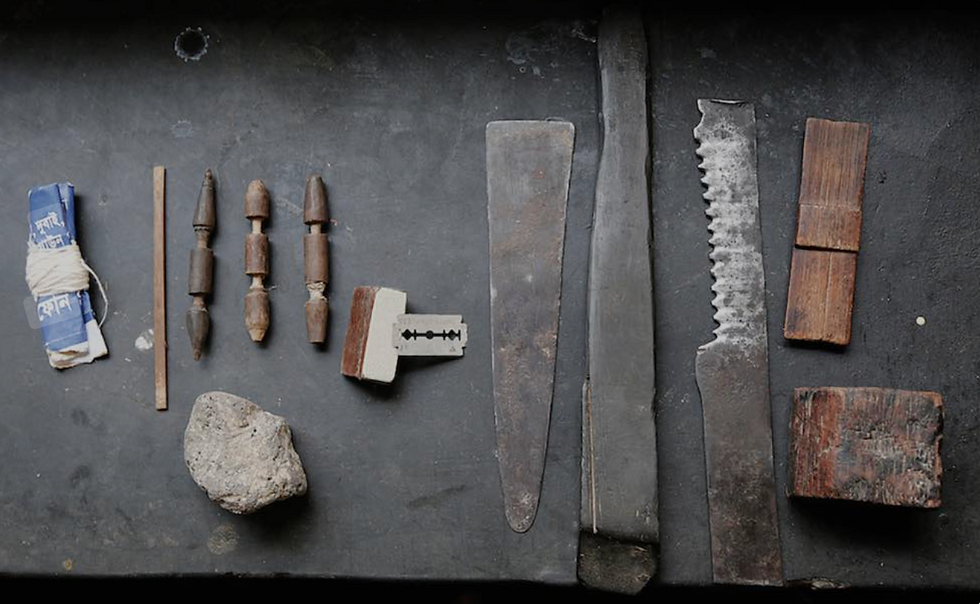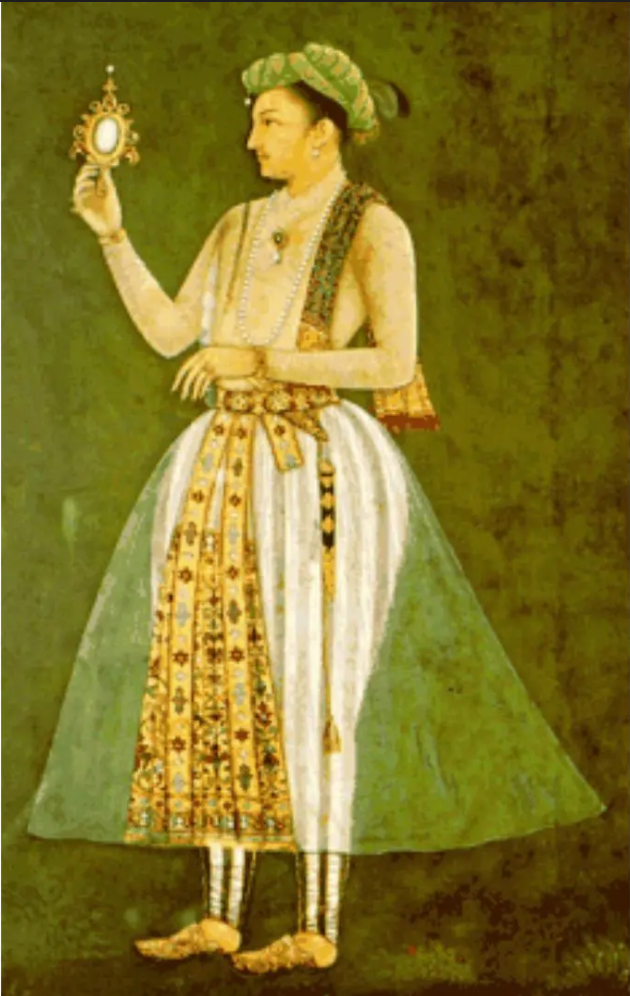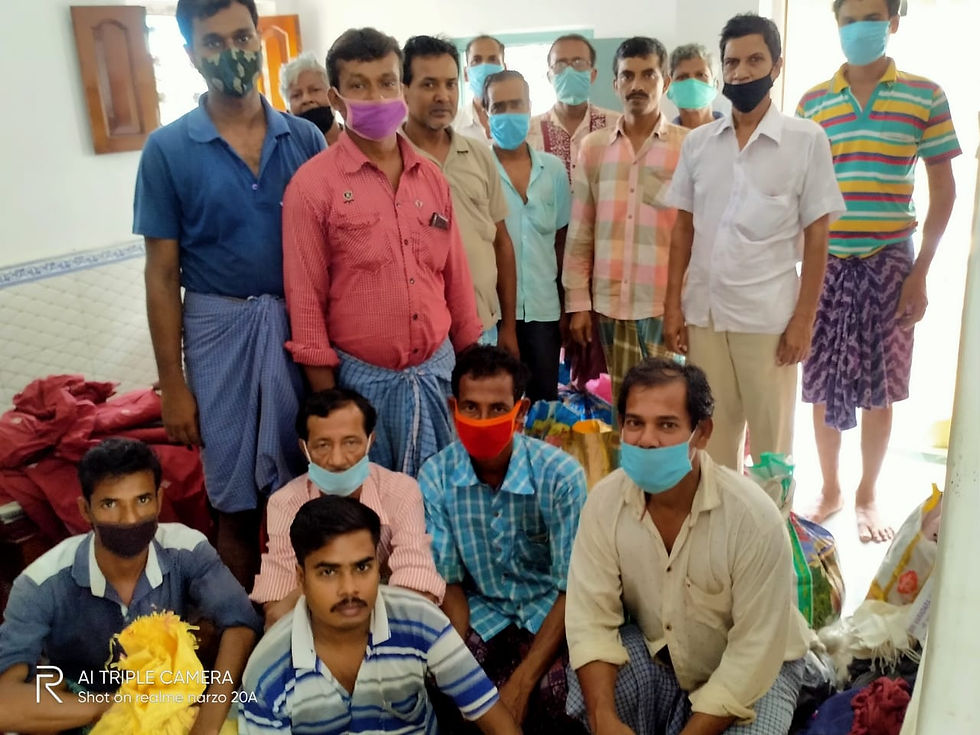Unveiling the Art of Muslin Jamdani Weaving : A Closer Look at Craft and Processes
- shoiindia
- Jan 7
- 3 min read
Having worked for over 14 years with our weavers from across the country, today, we would like to start our blog with the craft of Muslin Jamdani and weave a detailed look into the craft. Through this series, we hope to give you, our readers, some clarity on the illustrious world of crafts we work with and hope to imbibe in you the strong need to preserve the culture around us.
Jamdani :
Jam - dani meaning flower vase, is a woven craft found in Bangladesh and West Bengal. It flourished during the Mughal era and like Persian crafts, it’s observed that the patterns are a culmination of floral and geometric motifs. It is now predominantly found in Dhaka, Bangladesh and Nadia and Burdhaman districts of Bengal.
Muslin :
Originating from Dhaka and hence, also known as Dacca Muslin, the craft of real Dhaka Muslin is now lost to the world. British invaders, in an attempt to promote their materials such as cotton, went to the extent of cutting the thumbs off artisans to prevent them from practising their craft.
Also known as mulmul in Bangla, muslin is a word derived from the term mousse or foam.





History

Sulaiman, a 9th-century Arab traveller, wrote of cotton fabrics made in the kingdom of Rahmi (undivided Bengal) as being so fine that they could pass through a signet ring.

Around the 12th century, Islamic influences infused the fabric with countless motifs and colours.

The first references to Jamdani itself occur in the 17th century during the time of the Mughal Empire when Emperor Jahangir (r. 1605–1627) wore a sash of Jamdani woven with floral designs.

The Company not only targeted Indian handlooms and weavers through short-term price-fixing and violent enforcement but also implemented long-term taxation strategies to ensure the permanent damage of the Indian textile industry. By the 1900s, the art of weaving fine muslin had been irretrievably lost under British rule.

Numerous weavers from Bangladesh moved to India after the partition of Bengal in 1947 and were given rehabilitation in West Bengal.

Process
1. Pre Warping
Gray/Unbleached Yarn : Found in the market or in the mill
Preparation for Dyeing : Yarn is readied for dying by washing the yarn by removing impurities.
Dyeing : Vegetable Dyes such as Indigo that are found locally are used by the weavers.
For even application of the dye, we see the weavers hand dyeing the yarn.
2. Pre-Weaving
Starching : Yarn for warp and weft are starched separately using arrowroot/rice and water in the form of a paste
Starching is done with the help of Arrowroot paste or Rice Water. Stamping on the yarn assures there is an even spreading of the starch on the yarn.
Sun Drying of Yarn : The duration depends on the time of the year
Bobbin making : For warp (length) and weft (width) the bobbins are made separately, according to the count (thickness of yarn)
Bobbins are made with the help of the members of the family.
3. Warping
Framing : Warp threads are placed in a frame and rolled onto a drum depending on the length of the fabric
Setting up the loom : The yarn is then transferred to the warping beam placed opposite to the weavers side.
4. Weaving
Jamdani motifs are added as extra wefts on top of the weft to create patterns.
Counting of the fabric is done manually and passed on from master weavers to the karigars (artisans).
On the loom, shafts hold together the warp yarn in order to pass the shuttle through, this contains the weft.
Depending on the patterns and the complexity, each saree could take a week to complete.

And last but the most important :
Here's to our team that makes it all possible with their families. As always, we thank you and them for making us a part of your journey!


Resources on history :
The process images and data is owned by Shoi, India.
https://www.bbc.com/future/article/20210316-the-legendary-fabric-that-no-one-knows-how-to-make
https://blog.marasim.co/handwoven-diaphanous-muslin-the-story-of-the-worlds-finest-fabric/

















Comments